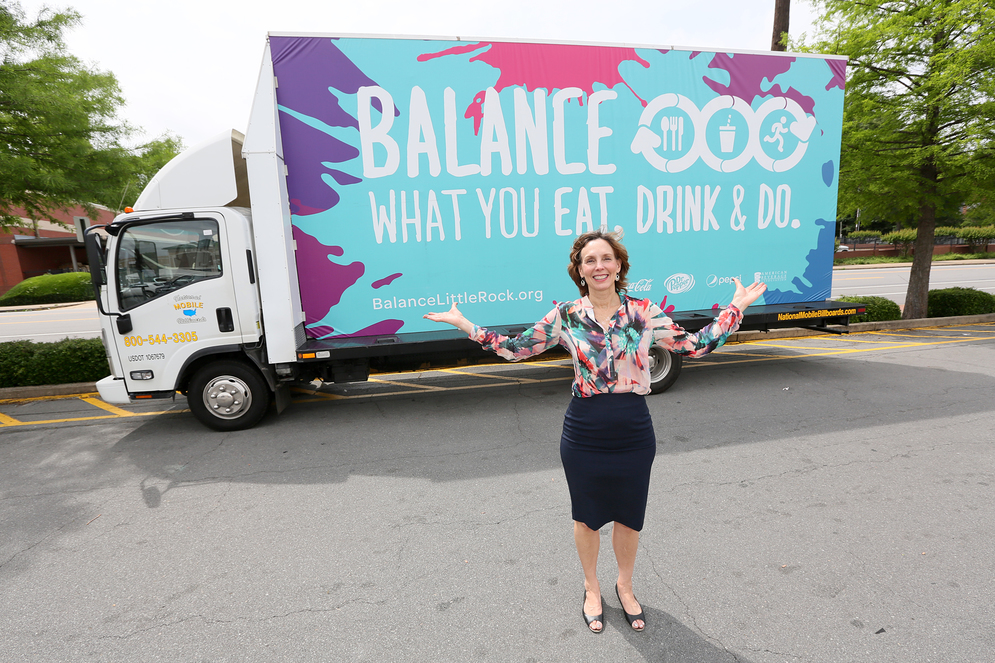Q: What is the Balance Calories Initiative?
It is the single largest voluntary effort by an industry to help fight obesity. In particular, it is going to focus on transforming the beverage landscape in the US. We’ve committed to reducing the overall calorie consumption of beverages by 20 percent by 2025. It’s a national commitment to drive interest and increase access to lower-calorie and smaller portion choices that will help reduce beverage calories.
Q: What’s the impetus behind this initiative?
We hear clearly from our consumers that they want us to help solve the problem of obesity. They want us—the beverage industry–to do our part. We spent a lot of time, as an industry, talking about what we can do that will make sense. We focus on the things we control, such as our business, our products, and our packages. We have engaged with multiple initiatives. But what we’ve learned over the last decade that engaging in a leadership initiative is more effective if you have a partner. Our partner is the Alliance for a Healthier Generation, a public health entity formed by the American Heart Association and the Clinton Foundation.
Q: Who’s involved in this initiative?
Along with the Alliance for a Healthier Generation, the Balance Calories Initiative is committing the full force of three major megabrands: The Coca-Cola Company, Dr Pepper Snapple Group, and PepsiCo. These are three ferocious competitors—most Americans know how competitive they are in the marketplace. Now they are working to achieve a societal objective and are committing their businesses, their marketing expertise, and their innovation strategy around their product portfolios to support people in reducing their calories.
Q: What are some ways these companies are going to help reduce people’s calorie intake?
We make a lot of different kinds of beverages: soft drinks, sports drinks, juice, juice drinks, water, and flavored waters. They all have different amounts of calories. We’re going to aggressively market all the options people have for moderating their calories and we’re going to innovate new products.
Portion is another way to reduce those calories. We have different portion sizes of those beverages and we’ll offer more options in package size as well.
There’s a uniform label on bottles and cans with calorie information up front to help people decide which beverage is right for them. Now we’re going to put that information on the equipment—on the vending machine, fountain machine, cold vault cooler—to make it easy to see how many calories are in each beverage before you make your selection. This is all backed-up with additional education efforts around how to read calorie labels. A uniform calorie labeling system will help consumers view the information more rapidly, so they are thinking about the choices that they make.
Q: What can Washingtonians expect to see?
Within the next six months, Washington should start to see these calorie labels on vending machines and coolers, and calorie information on fountains. Washingtonians are already seeing a lot of mini-cans, such as the 7.5 ounce cans of soft drinks, and there will be more and more of that. There’s a website with details of the initiative at deliveringchoices.org.
Q: How will this help Washington parents and families?
Having calorie labels on the packages even more prevalent and visible helps spark a conversation. Do you want to have a treat? Is soda a treat? If you’re bored with water, do you want some flavor or sweetener with the water? How about flavored tea? It will help parents think out loud and present ideas. Especially with teens, it’s hard to dictate what they should have. The main thing is that moms can use the calorie information and all the choices out there to support their families in having a balanced lifestyle. That’s number one.
Q: What’s Mixify?
Moms said to us: we want your support in engaging our teenagers. So that was where Mixify was born. Mixify was a program co-created by teens, for teens, and the message is the hero of the spot: balance what you eat, drink, and do. It’s not about products. The teens came up with the name and all the social media engagement, with tips from nutritionists and other tools. My Mixify takes them to all the social media—Instagram, tumblr, Facebook, Twitter and Vine. Over the summer, there was a Mixify truck that was touring the country and promoted in social media. Teens could talk to nutritionists and ask them questions. Mixify was just launched late last year and we’ve heard clearly that teens want even more social media engagement, which we’ll look for in the next wave in 2016.
Q: What’s happening in the rest of the country?
There are parts of the country where – for a variety of cultural and demographic reasons—calories consumed from beverages are a lot higher than here in Washington. We committed to going into those neighborhoods— East Los Angeles, Little Rock, and the South Bronx and Brooklyn for starters—to figure out how to change that. The idea is to learn what works and replicate it elsewhere. That’s of particular interest to the public health community and policymakers because those are the neighborhoods where change is most needed. Each company has its own proprietary marketing and distribution strategy to help reach the goal of a 20 percent reduction of beverage calories consumed per person in these neighborhoods. It’s a very intensive effort. At ABA, we’re proud to help and support these large megabrands as they figure all of this out—and help families across the country find the right balance.






